The African Safari
The cradle of humankind, its rich diversity in culture, wildlife, and landscapes, and its significant historical contributions, including early forms of agriculture, law, and art.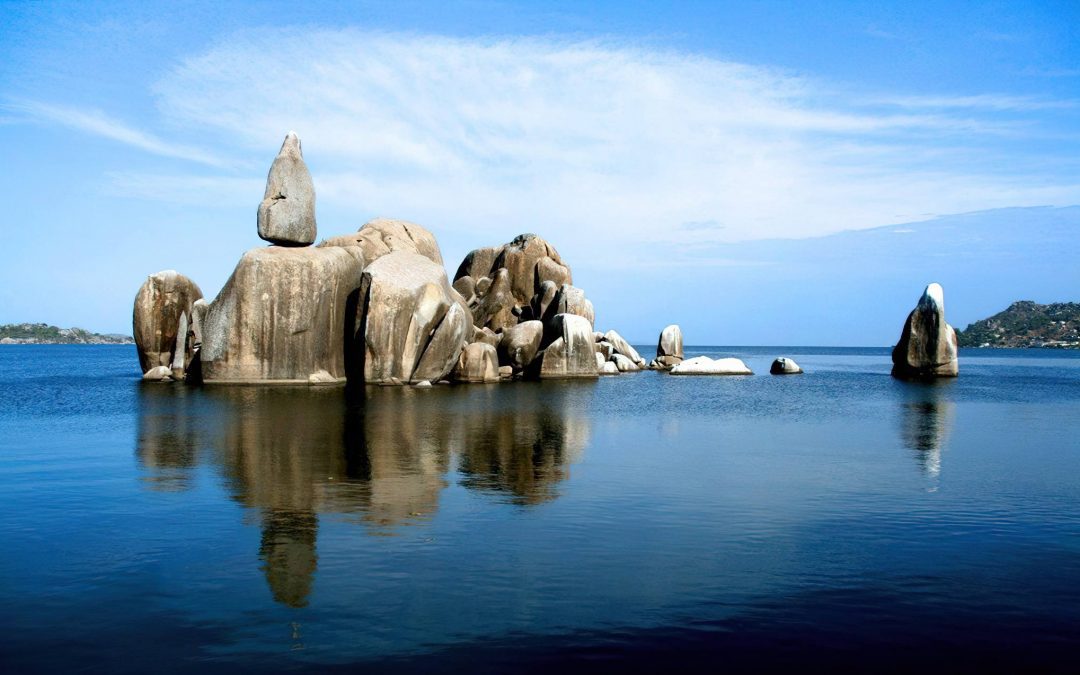
Lake Victoria
Travel is often framed as escape—a break from routine, a journey into the unknown. But for many, travel is not about leaving—it’s about returning. Returning to roots, to stories, to places that shaped us. It’s about reconnection. The British-Kenyan swimmer and writer Rebecca Achieng Ajulu-Bushell shares a deeply personal reflection on Lake Victoria, the largest tropical lake in the world and a place that holds her family’s history, her identity, and her first love—swimming.
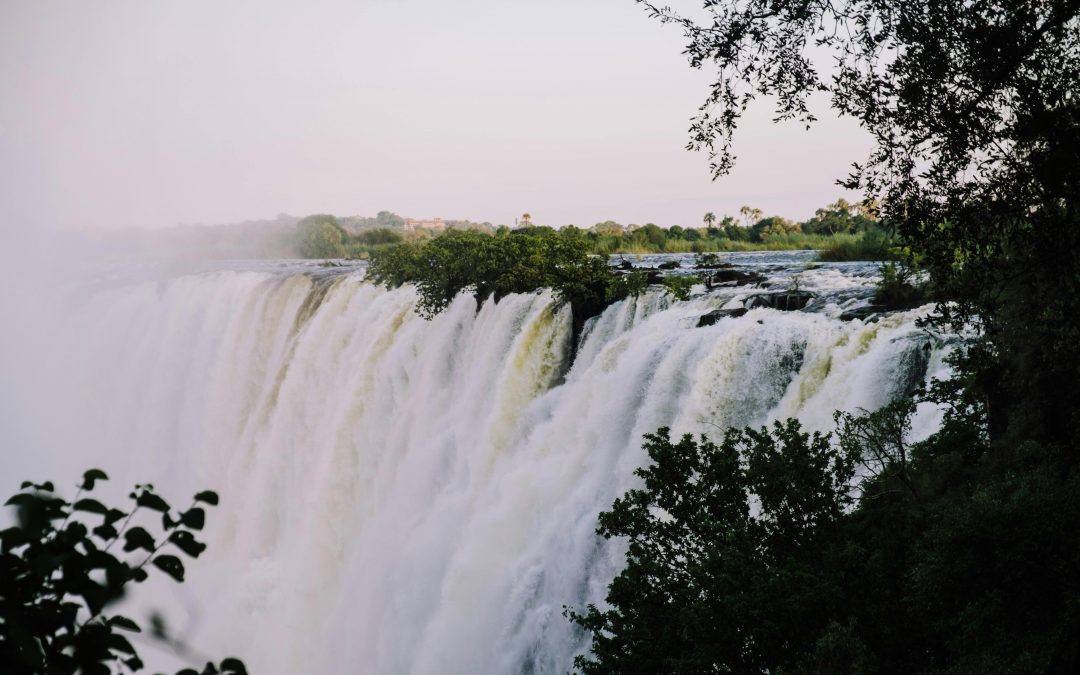
VICTORIA FALLS
Stand at the edge of Victoria Falls—the world’s largest sheet of falling water—and feel the thrill of Devil’s Pool on the Zambezi’s daring lip. A journey where nature roars, rainbows rise, and adventure meets awe.
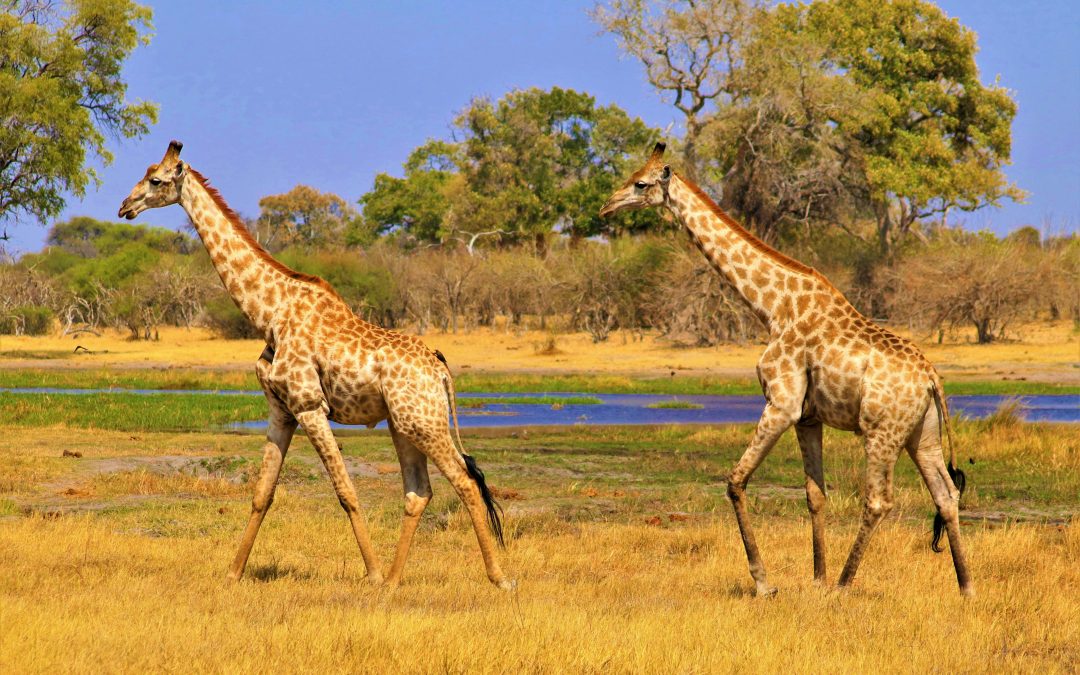
OKAVANGO DELTA
On the map, the Okavango looks like someone upended a river over the desert and forgot to sweep up the pieces. On the water, in a low slung mokoro, time stops pretending it moves in a straight line. The prow sighs through lilies and the world reduces to the lip‑lap against the hull, a sway of papyrus, a fish eagle’s precise punctuation up the sky. “We don’t talk much out here,” my poler, Thero, murmured, pushing us into a glassy channel with the punt. “We listen. Water says things before animals do.” The Okavango is, after all, a safari by water—a flood‑driven laboratory where routes appear and vanish, islands become peninsulas and back again, and even elephants take to the swim when that feels like the most sensible thing in the world.
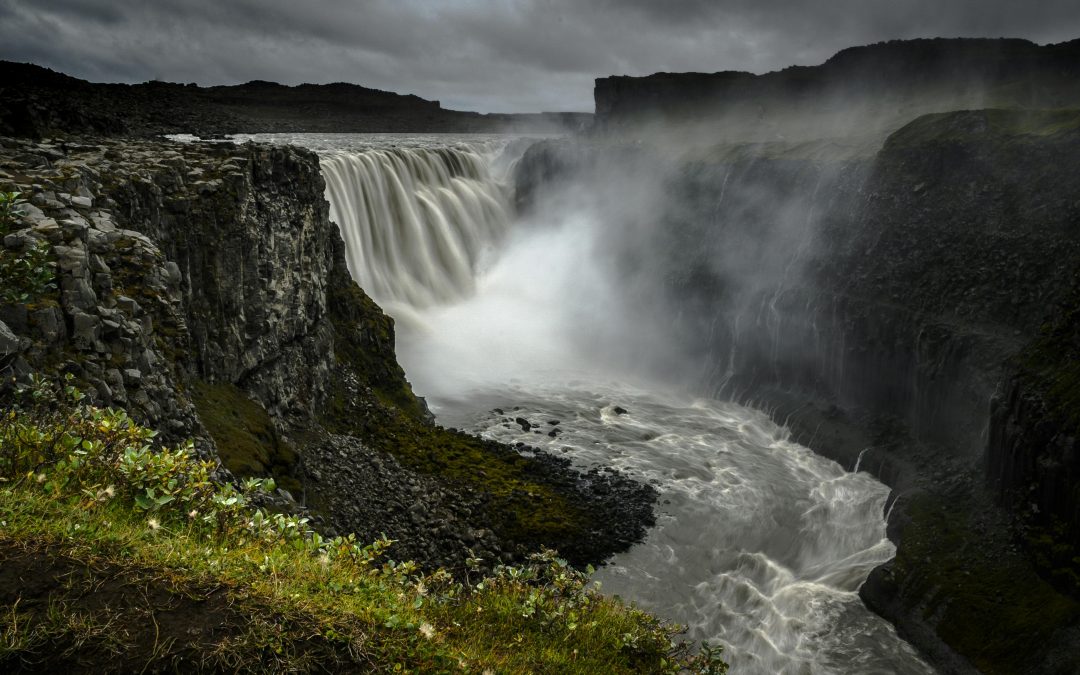
NACHTIGAL FALLS
The Sanaga River doesn’t pose for pictures; it moves, insists, revises. An hour northeast of Yaoundé, where the road loosens its shoulders and the forest steps closer, the Sanaga rushes itself into a fanned‑out fury people call Nachtigal Falls—not a single plunge, really, but a series of wide rapids shouldering around basalt and islands, a loud conversation between water and rock. [ebubeleni.com], [elephantherd.co.za]
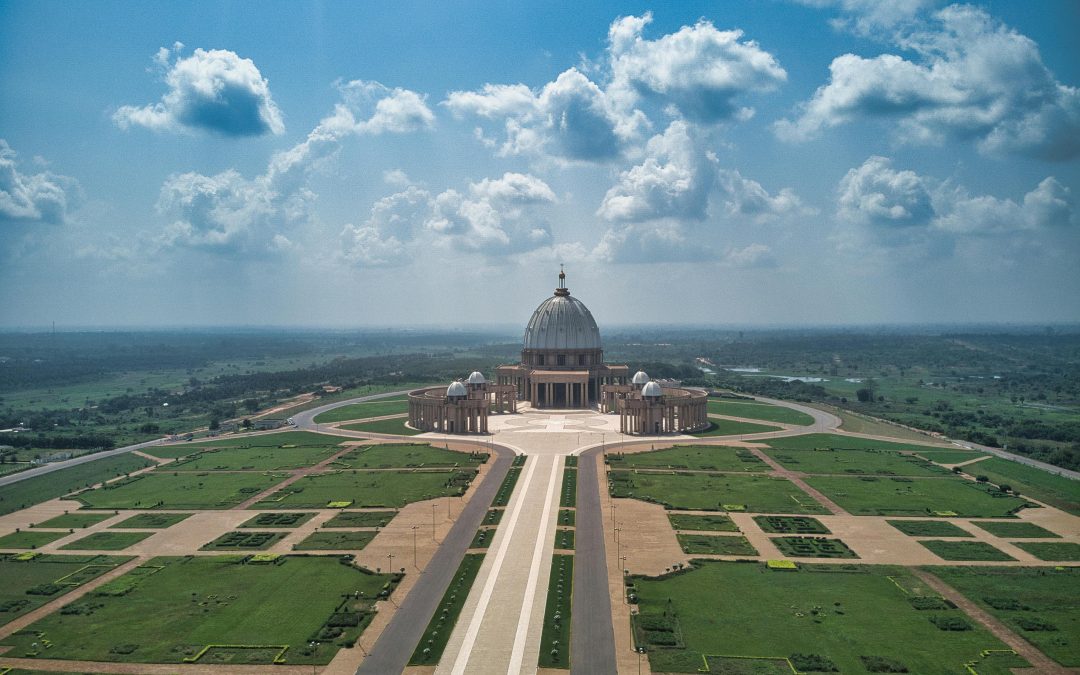
BASILICA OF OUR LADY OF PEACE
Ivory light on ivory marble, gathering itself on a great colonnade before it dared the dome. I’d come into Yamoussoukro just after dawn, the air cool, the palms still speaking in yesterday’s breeze. And there, ahead on Rue de St‑France, the Basilica of Our Lady of Peace rose out of the low savanna like an idea that refused to fit inside the sky. People compare it to St. Peter’s in Rome; you will too. But when the sun cut a thin halo along the cross that tops its cupola, I lost my ability to compare and did the only reasonable thing: I looked up and went quiet.
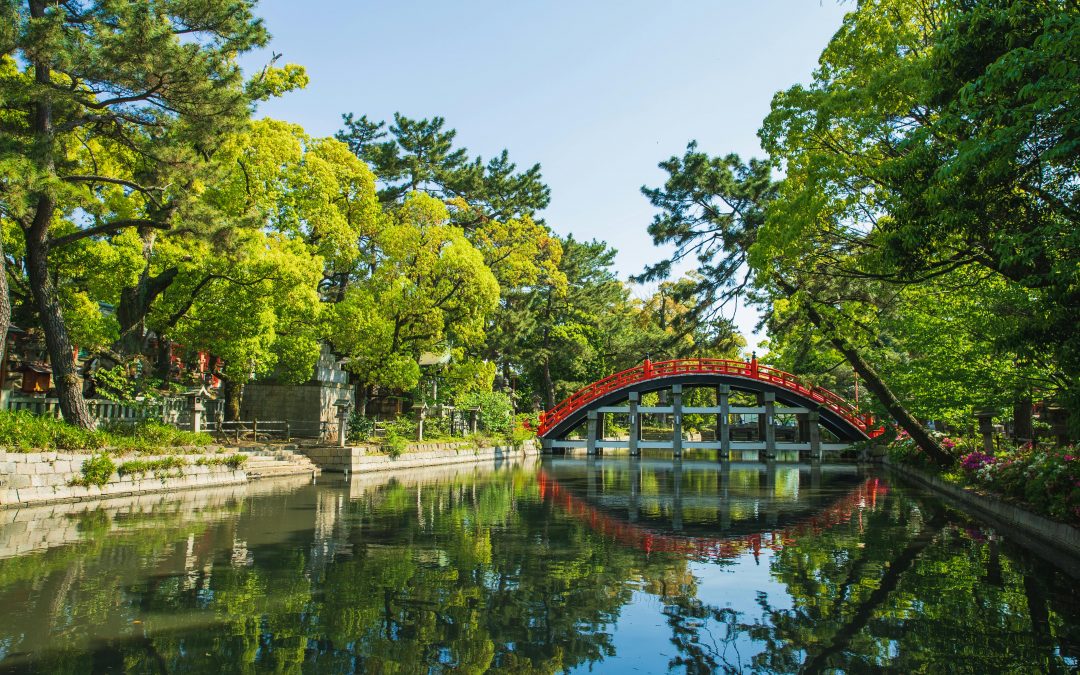
BWINDI IMPENETRABLE NATIONAL PARK
Bwindi Impenetrable National Park in southwestern Uganda is a UNESCO World Heritage Site and home to nearly half of the world’s remaining mountain gorillas. In 2025, Uganda Wildlife Authority (UWA) updated tariffs, strengthened conservation rules, and expanded community tourism initiatives—making Bwindi one of Africa’s most ethical and immersive wildlife destinations.
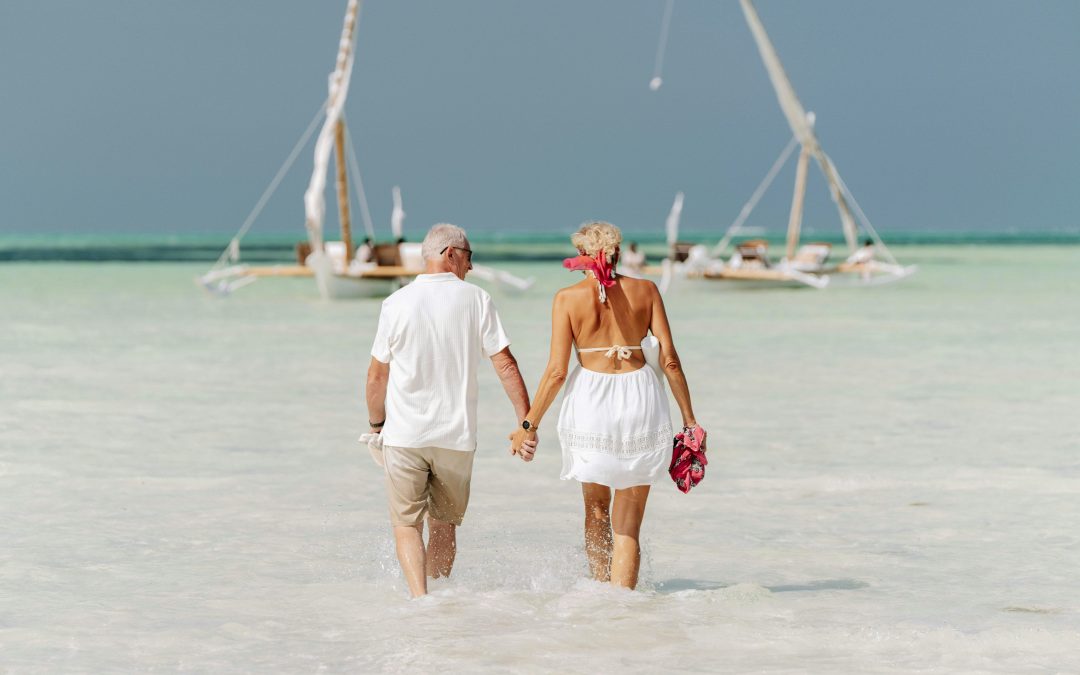
ZANZIBAR
Dhows slip past reefs the color of tourmaline; seaweed farmers tie new lines at Jambiani as the tide turns. The islands of Zanzibar are gorgeous—but also changing hands‑on: smarter entry controls, a firm push for conservation finance, and clear expectations for visitors. This guide is the practical, 2025‑accurate playbook to get in smoothly, travel ethically, and leave a lighter wake.
Our Newsletter
